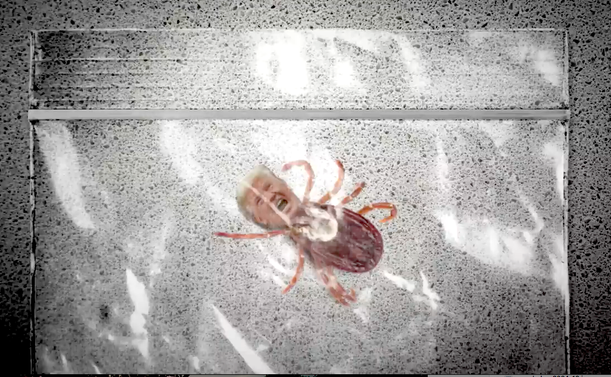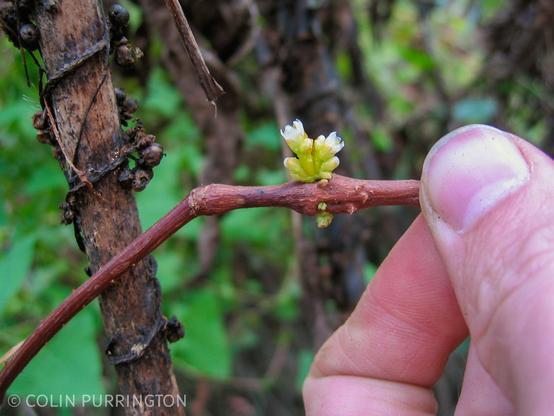nick:
you agreed #healthcare as #profit is wrong, bless you
you appreciated how #plutocracy (not #capitalism) corrupts the legislative process to continue being a rent seeking #parasite- not a #freeMarket
since we agree here, you need to take the final step with us:
where peaceful change to stop suffering and death for profit is blocked
then #luigi is *inevitable*
you don't have to embrace him
but you must accept him
because luigi is the symptom, not the root problem




